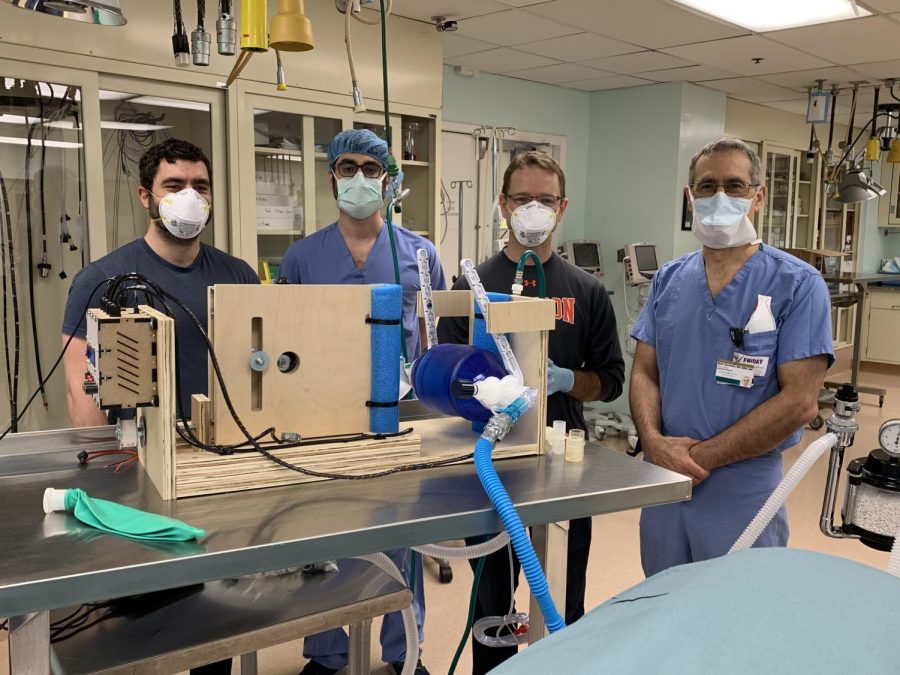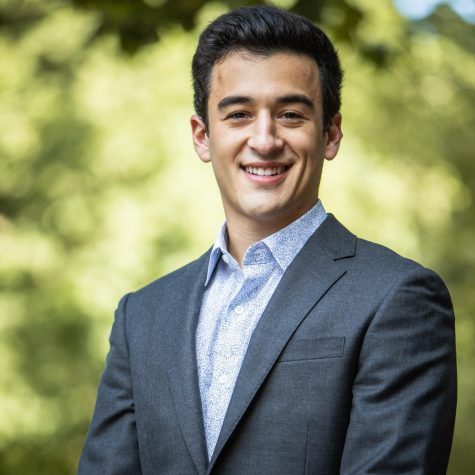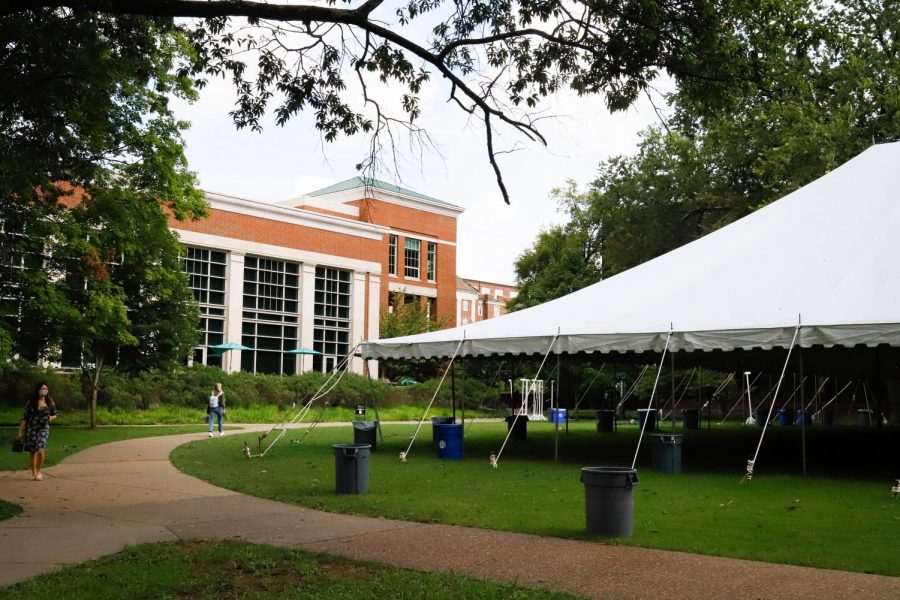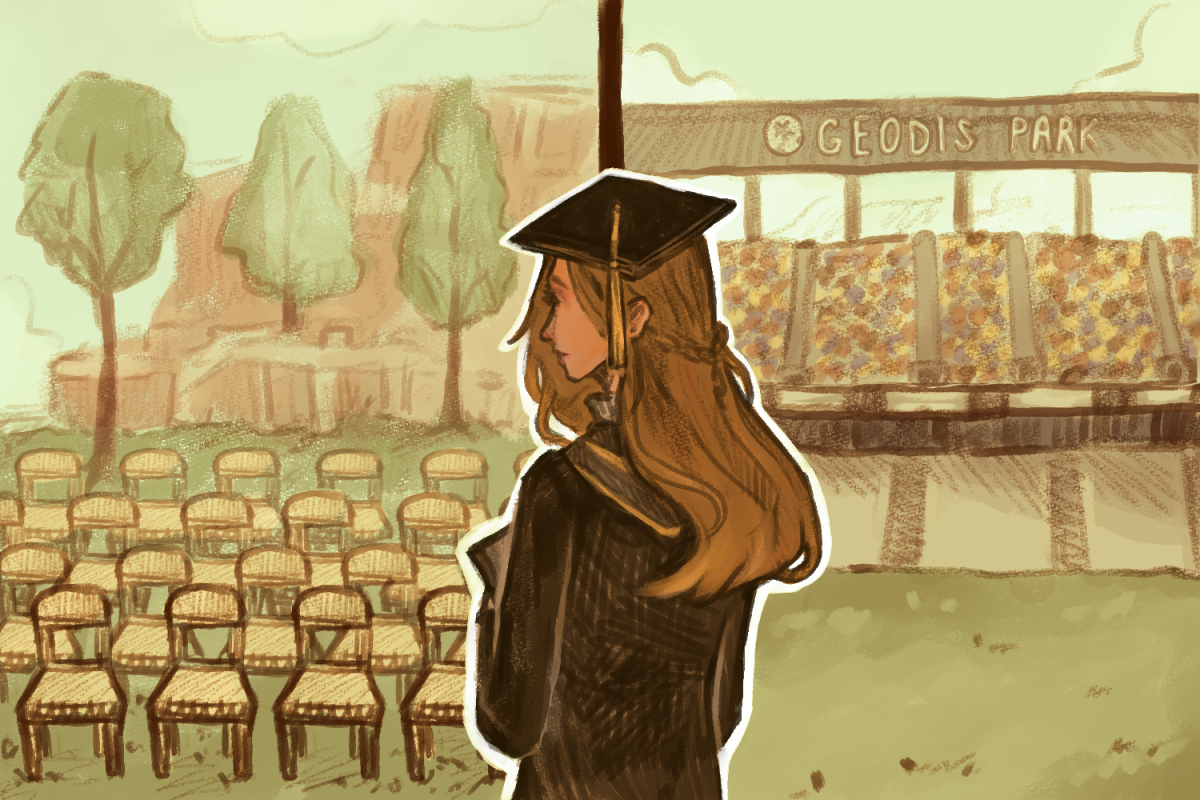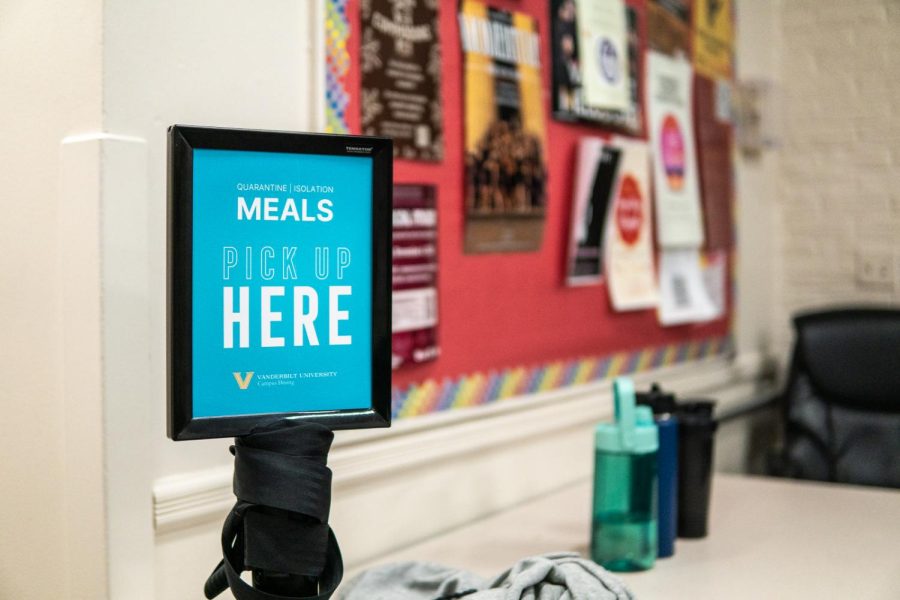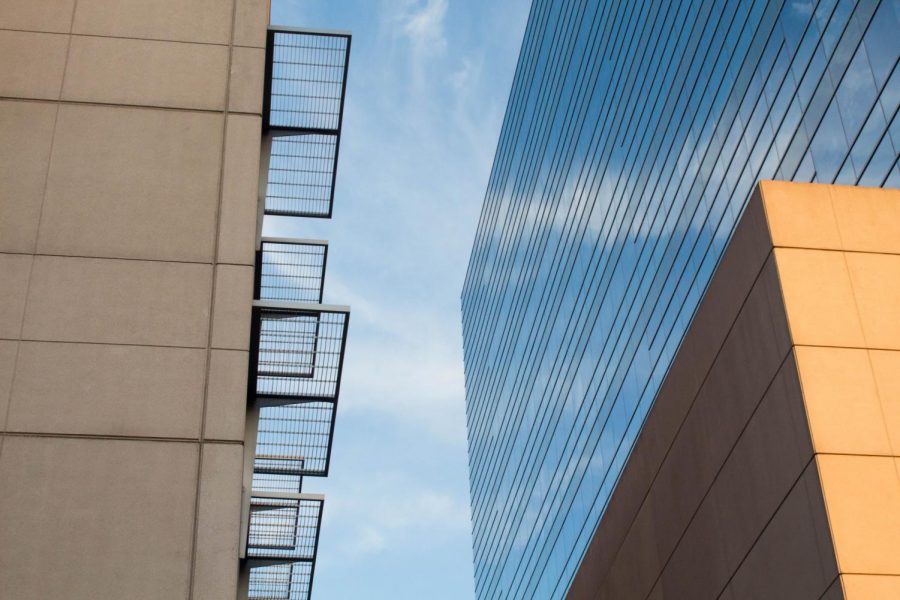After many rounds of testing, a group of Vanderbilt engineers and doctors have developed a mechanism to address the impending shortage of ventilators due to novel coronavirus.
Recent shortages began with common, household items. Things you’d typically find at your local retailer. Hand sanitizer. Toilet paper. Bottled water. Next, it was equipment that might help prevent the spread. Gloves. Masks.
You name it, there wasn’t enough of it.
The rapid spread of COVID-19 has inundated the United States with all kinds of shortages, prompting President Donald Trump to invoke the Defense Production Act on April 2, hoping to catalyze production of both N95 face masks and ventilators.
While Americans can wait for household items like toilet paper to return to shelves, the same can’t be said for ventilators.
What if you’re sick, suffering and having trouble breathing, but the only machine that can help is not immediately available?
The impending shortage of ventilators has brought about this daunting question. In the worst cases, these machines help pump breathable air in and out of the lungs.
A group of Vanderbilt faculty, engineers and medical experts quickly set out to solve this problem. Roughly two weeks later, they believe their homemade ambu bag accessory might be the answer.
Previously, to operate an ambu bag, also known as a bag valve mask, a doctor must manually pump the hand-held device to provide the patient with breathable air. The Vanderbilt group’s mechanism, however, eliminates the need for manual intervention.
Kevin Galloway, a Vanderbilt research professor and director of making at the Wond’ry, began toying around with mechanism designs in his garage. The goal was to keep it simple, to merely “create a mechanism that could deliver this squeezing motion onto an empty bag.”
“I started thinking,” Galloway said. “I saw an opportunity to take it in a different direction. Most [ventilator] designs relied heavily on digital fabrication tools, like 3D printers and laser cutters. Since [Vanderbilt] didn’t want people in the engineering building, I didn’t have access to those tools. So I just started thinking, what can I do in my garage?”
This was not your typical ventilator, which can cost anywhere from $25,000 to more than $50,000. Galloway wanted to keep it simple. He explains the accessory by referencing the 1952 Copenhagen Polio outbreak, when hundreds of patients were entering respiratory paralysis, overwhelming ICU ventilator facilities. Their solution was calling upon medical students to provide indefinite manual ventilation by pumping a rubber bag attached to a tracheostomy tube.
In the case of novel coronavirus, where there wouldn’t be enough medical students to pump the ambu bag, Galloway wanted to design an apparatus that could mimic the manual pumping movement.
“We’re not trying to be a $30,000 ventilator,” he said. “We’re just trying to replace the hand. That’s all we’re doing.”
So he sketched the model and got to work – in his own garage – using some plywood, a windshield wiper motor, some nylon webbing and an ambu bag he bought on Amazon, among other common supplies.
What began as what Galloway calls an “academic exercise, just to see if I can do this” or a “sanity check, just to see if a windshield wiper motor could deliver enough force to squeeze the ambu bag,” evolved into something much bigger. Within 24 hours of starting the first design, Galloway was approached by engineering professors Eric Barth and Robert Webster to accelerate the design process.
Webster mobilized his entire lab and brought numerous Vanderbilt colleagues, from physicians – Fabien Maldonaldo, Erin Gillespie, Matthew Bacchetta, Michael Lester, Arna Banerjee, and Craig Rooks – to a Ph.D student and a postdoctoral fellow in Max Emerson and Joshua Gafford.
“You have to have a combination of skill sets to make this happen,” Bacchetta said. “I think working together enabled us to accelerate the pathway and to make sure that we were staying on track for designing to a specific need.”
Bacchetta brought skills, experience and resources to the table. With access to a large animal lab, he could provide the group with valuable feedback to inform future versions of the mechanism.
Their first design was just a method of exploring the motor’s power. By testing their assumptions, the group gathered some important information for future models.
“The first one validated that the wiper motor was in fact strong enough,” Galloway said. “[But] I moved [from the nylon webbing] to the Scotch Yoke mechanism, which was a lot more precise. We’re really not looking for the Cadillac of features. We’re looking for the middle set of functionality that you would need to be able to trust putting the same mechanism onto a patient.”
Once the group made the switch to the Scotch Yoke mechanism, their model was able to adjust, control and moderate exactly how much pressure was exerted on the bag.
With each model, the team inched closer to full-functionality. In the process, Galloway said he’s learned of numerous contributing factors – like controlling the inspiration to expiration ratio – of which he previously had limited knowledge.
“Our group just had a sort of natural synergy,” Bacchetta said. “I bring a lot of clinical experience, they have very good technical expertise, and by combining the two, we made some pretty significant strides.”
Over the course of roughly two weeks, the group has made “at least” six versions of the accessory, according to Bacchetta, and have gained support from partners like George P. Johnson and Abel + McCallister + Abel.
“The partners are great,” Galloway said. “Now, instead of just having to make these prototypes on my table saw, we can ramp up production pretty quickly. But still the whole design, every element of design, could be done in a garage.”
Their latest model was in Bacchetta’s large animal lab. The results were overwhelmingly positive, he said.
“As a veteran of two wars, we’ve done things in the field to keep people alive that we would’ve never even thought twice about going to FDA to ask for their approval,” Bacchetta said. “I may have a different outlook on life because of that. There will be places around the world that won’t have access to ventilators, or to enough ventilators at least, and this will be extremely valuable. That’s not to be cavalier about the approval process, it’s just that what we do in a pandemic may be different than what we do when life is normal.”J
“Our most recent design, this is the one we’re going to be producing multiples of,” Galloway said. “We could produce hundreds. If there is a peak, the news is saying it’s gonna happen soon. And yes, if that peak does happen soon, we have something ready – something functional – so that doctors have an option.”


